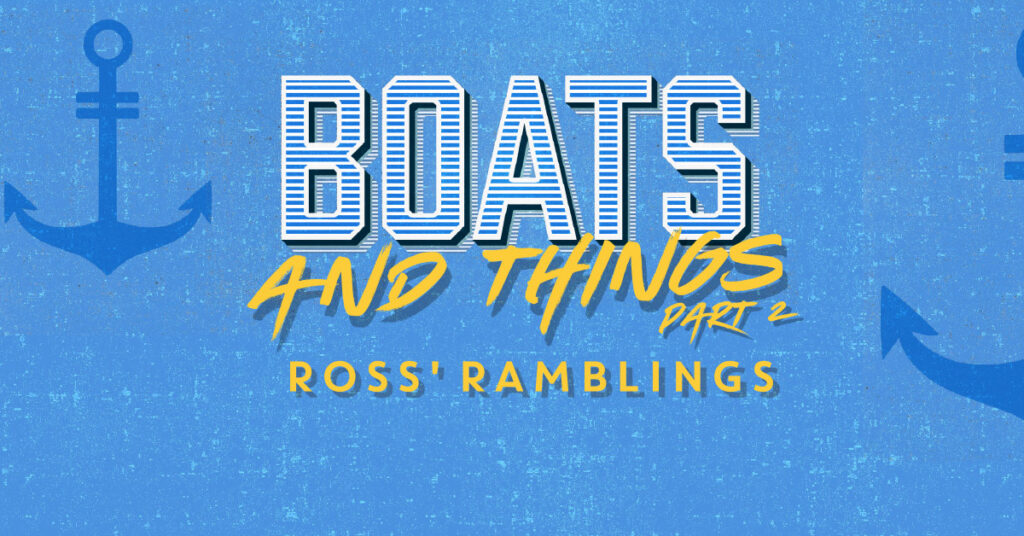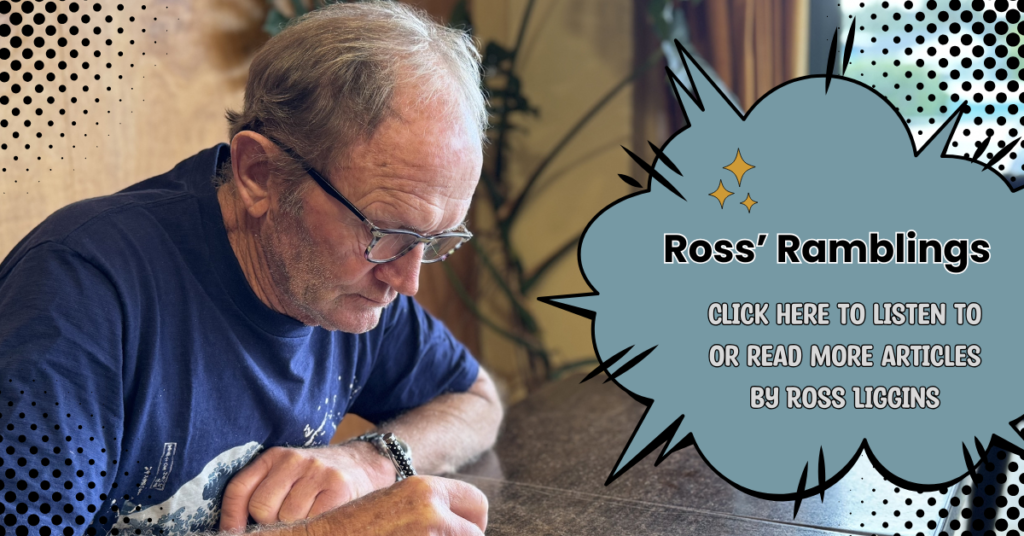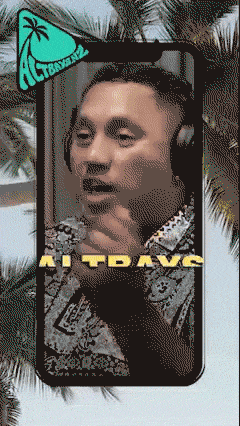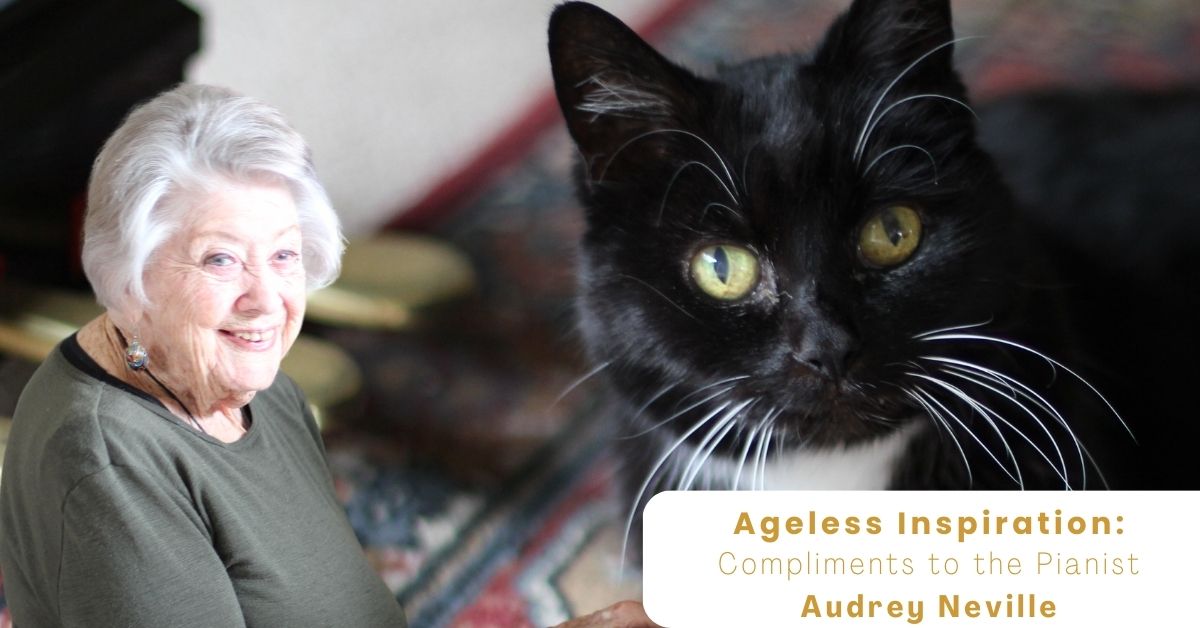
Boats come in many shapes and sizes and degrees of beauty. One of the ugliest and most ominous to my mind is the submarine. My opinion is no doubt influenced by a close-up experience of one in the Waitemata Harbour in 1979. A year before that, my friend Dave had taken part in a waterborne protest against the nuclear powered and probably nuclear armed submarine Pintado as it steamed at high speed past North Head, led by the NZ navy warship Waikato. A large flotilla of Auckland Peace Squadron yachts and other small craft crewed by concerned New Zealanders stretched itself across the channel to try and stop the nuclear sub’s progress. Police boats and navy helicopters did their best to disrupt the protest; many small craft were capsized by the downdraught from the helicopters and the wake waves caused by the many boats, and one small craft was seen briefly stranded on the bow of the sub. The submarine was eventually able to dock in downtown Auckland.
Many people, in those cold war times, were concerned about the possibility of a nuclear accident in a large metropolis like Auckland or becoming a nuclear target should war break out. The US government would neither confirm nor deny whether their warships were nuclear armed. Understandably this did not sit comfortably with many Kiwis.
The following year, another visit by a US nuclear powered/armed submarine, the USS Haddo was planned. So, Dave and I decided to take our small fishing boat from its Waiheke home to the inner Waitemata to join the protest flotilla. It was a repeat of the year before, with police and navy boats creating dangerous conditions by nudging away or sometimes ramming the small protest craft, while the helicopters repeated their disruptive tactics. One brave Auckland man jumped onto the bow of the sub and shook his fist at the sub captain who stood looking down from the conning tower. Dave, who was much braver than me, was keen to follow him onto the bow, but fortunately or unfortunately our not-very-fast little fishing vessel was prevented by the police boats from getting close enough to perform this extremely dangerous feat.
After these events, until 1983, opposition to nuclear powered and armed ships rose from 32% of Kiwis to 72% and set the stage for David Lange’s Labour government victory in 1985, the banning of nuclear ship visits and the passing of the New Zealand Nuclear Free Zone, Disarmament and Arms Control Act in 1987. We were the envy of many people around the world. Of course, the all-powerful US government didn’t take kindly to a tiny country like NZ standing up to its mighty military establishment and down-graded our status from ally to friend. It doesn’t appear to have done us much harm and even the National party later ratified this legislation which still stands today.
The French government also took exception to our stance. In the years leading up to the nuclear ship visits, NZ warships were used in a peaceful way under Labour government prime minister, the highly respected Norman Kirk. He sent two navy frigates, the Otago and the Canterbury to join small yachts from NZ, Australia and Greenpeace, which had sailed to Mururoa Atoll near Tahiti to protest the atmospheric testing of nuclear bombs by the French military. Imagine how much nuclear radiation was blown across neighbouring islands. However, France had assured the world it was safe, after defying an International Court of Justice ruling to stop testing. Why didn’t they test in the Mediterranean if it was so safe? – Yeah right! A later French administration however compromised slightly and ordered future tests to be done underground. Poor worms.
The standoff came to a head in 1985 when the Greenpeace ship Rainbow Warrior was sunk in the Waitemata Harbour by French navy divers, resulting in the death of the ship’s cameraman. Those of you of my generation will no doubt recall these events, but younger readers who would like a history lesson can access the ‘Rainbow Warrior’ movie, starring Sam Neil, and the documentary ‘Mururoa 1973’. Testing in the Pacific continued until 1996, when international pressure and widespread unrest in Tahiti finally brought it to a halt.
So, as you can see, boats can be a lot of fun or they can be downright dangerous, depending on the skipper’s skill and motivation, safety procedures and lady luck. Of course, warships are inherently dangerous with their captains bound to obey orders from political leaders, with some not being fit to wield such power or be anywhere near nuclear codes. Even being on a peace boat can be dangerous when French secret service divers are around. Here in Whitianga, boats are used mostly for fun, with a majority of us hopefully employing sensible safety procedures – the exception being during summer holidays, when it often becomes open slather on the water. Luck sometimes comes into play, but having a comprehensive safety plan more often than not pleases the lady. And a final comment about boats: if you want some entertainment, take a deckchair down to Kūaotunu or one of the Whitianga boat ramps on a busy day and watch the chaos. Happy boating.
Words by Ross Liggins

Coromind: Coromandel’s Collaborative Magazine

Help us take Coromind Magazine to new heights by becoming a member. Click here
Change the Weather for Your Business: Advertise with Us.
Advertise your business in the whole Hauraki Coromandel in the coolest Coromandel Art Magazine, from Waihi Beach/Paeroa /Thames up to the Great Barrier Island.
Advertise Smarter, Not Harder: Get in Touch






